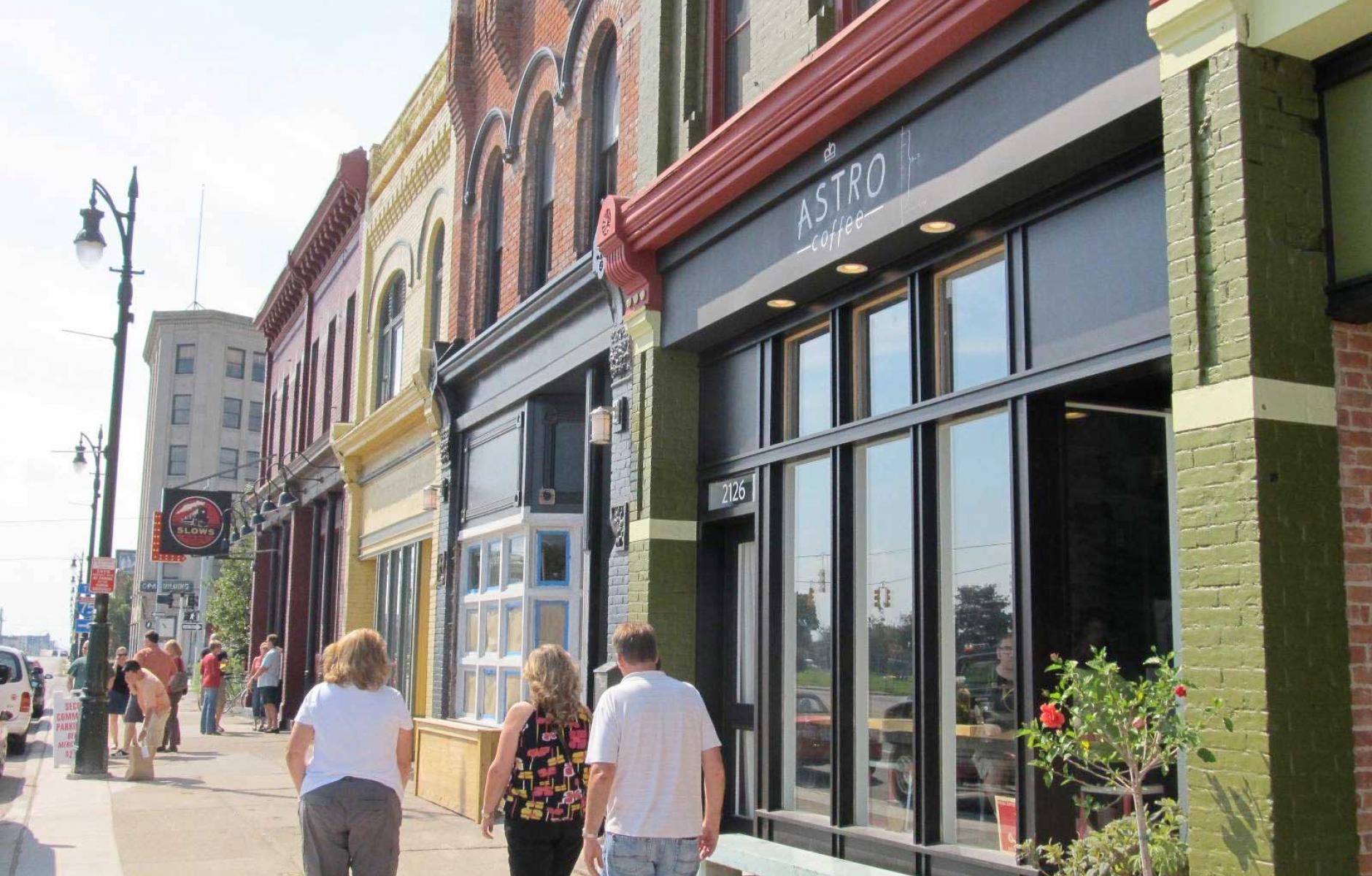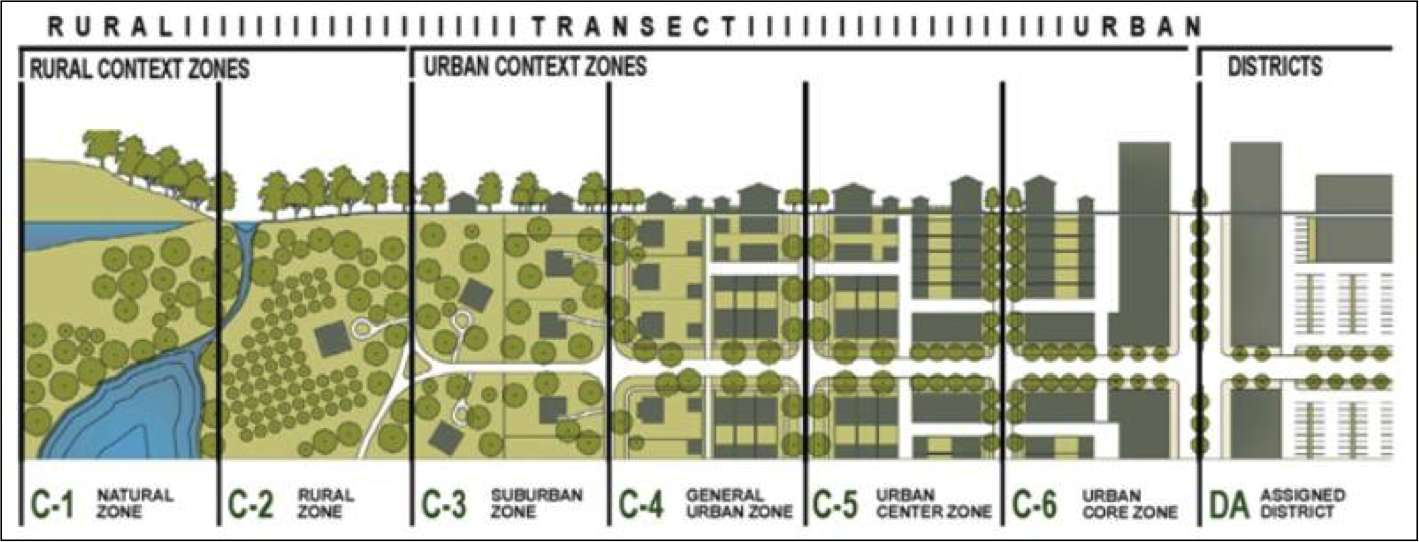
A sidewalk to connect our fractured nation
Nate Silver, the celebrated election prognosticator, Tweeted during the 2012 presidential race: "Heuristic: if a place has sidewalks, it votes Democratic. Otherwise, it votes Republican."
Nate Silver is an astute analyst, and his observation mostly rings true in 2016. The presence of sidewalks is a pretty good dividing line between the "Red" and "Blue" parts of the country—the Trump and Hillary supporters.
Sidewalks can even be seen as a metaphor for two kinds of living. Without sidewalks: Independent, anti-government, don't tread on my land. With sidewalks: Communitarian, we're all in this together, equal rights on this right-of-way.
It's easy to divide the country into those who have sidewalks, and vote one way, and those who do not, and vote another way. But real life is not so simple. Many people who prefer the city and town life are not liberals. Many towns, with sidewalks and old-fashioned main streets, are politically conservative, and many conservatives are attracted to the culture and energy of cities. Donald Trump, the current standard-bearer for the Republicans, has been a New Yorker all his life.
Many liberals, on the other hand, live in the suburbs or countryside. Vermont, the most liberal state in the nation, has few sidewalks outside of Burlington and a few other small cities. It's populated by back-to-the-land, self-reliant—I'm stereotyping here—hippies and their children. In liberal Tompkins County, New York, where I live, we've seen a renaissance of small farms sprout up in recent decades, mostly using organic methods. This influx of left-leaning growers has given a booster shot to agriculture in the region.
Some of the confusion may stem from a misunderstanding of the built environment. New urbanists use the urban-to-rural Transect to describe a continuum from nature, the agricultural countryside, to built-up neighborhoods and finally dense downtowns. People who live on a small-town Main Street or historic neighborhood have a lot in common with residents of neighborhoods and main streets in a big city, although they may not know it.

Just as the Transect shows, our nation our nation is made up of places with sidewalks and without, and they are integrated and mutually dependent. We need farmers, we need ranchers, we need the people to work the land. But we also need cities and towns that generate most of our economic activity and, without which, the farmers would have no markets.
Cities and towns are best designed with sidewalks that offer a sense of place and options on how to get around.
For six decades, we built suburbs that were neither countryside nor true cities and towns. These far-flung suburbs also wielded tremendous political clout. Substantial public money flowed into conventional suburbs to build and maintain roads, new infrastructure systems, and schools and institutions while older, walkable, neighborhoods languished. As fiscally conservative blogger Charles Marohn argues, this sprawl is not always a sound investment. But sprawl has begun to lose its economic appeal. Since 2008, property values in the far suburbs have barely returned to their pre-recession levels, while values in walkable places have taken off. Many employers are moving back downtown and to urban centers to follow the preferences of the young and educated workforce.
If you are not a farmer or rancher, there are benefits to living in a place with sidewalks, transportation options, and true diversity in race and culture.
Sidewalks may indicate Red and Blue areas. They may symbolize a dividing line in our nation. But they still bring us together. They are the infrastructure of community. I'm glad that sidewalks, and the kinds of places that they symbolize, now have some political support. The Obama Administration recently came out with a paper advocating for regulations supporting more compact, mixed-use development. Thoughtful conservatives praised that report.
We live in a new era when older cities and towns are getting some of their long-neglected needs met. And many car-oriented communities are seeing the value of building urban streetscapes. People of all political stripes can benefit from genuine communities with transportation options. The fiscal resilience of and sustainability of walkable communities makes our nation stronger. At the same time, agriculture can benefit from urban farmers markets and the "eat local" trend.
Modern liberals did not invent sidewalks, even though they seem to do a lot of walking these days. Walkable cities and towns are part of our nation's DNA. Maybe it's time we built a sidewalk, rather than a highway, to connect Red and Blue America.




